Gustave Courbet
1819-1877 France/Realism
Click an Image to Enlarge
The Trellis
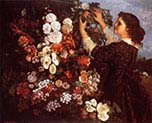
Bonjour
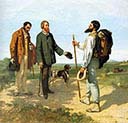
The Sleeping Spinner

The Winnowers

The Sleepers

Young Ladies

Cliffs at Etretat

self portrait
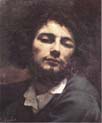
the bathers

The Wave

Studio of the Painter

Deligence

Woman in the Waves

Chateau de Chillon
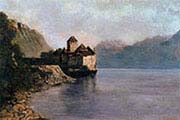
The Stone Breakers

The Hunt Breakfast
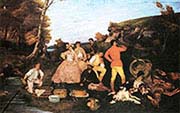
Young Women
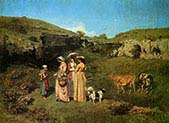
Burial at Ornans

Juliette Courbet

Afternoon at Ornans

Zelie Courbet

The Waves

Farmers of Flagey
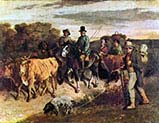
Joanna-Jo-Heffernan
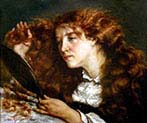
Paul Verlaine

Pierre-Proudhon

Reclining
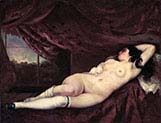
Source of a Stream
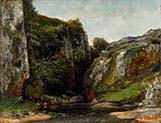
The Torrent

The Castle of Blonay
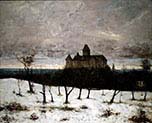
White Stockings
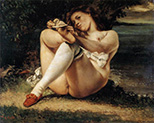
The Gorges

Rock of Ten Hours

The Source

Countess Karoly
![Countess Karoly]](../main images/c/cour Countess Karoly g.jpg)
Firemen Running
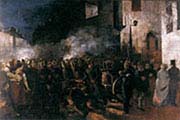
The Quary

Landscape
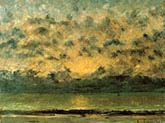
The Kill

The Desperate Man
